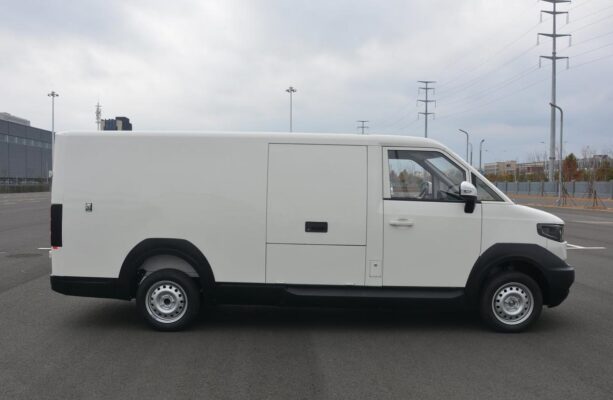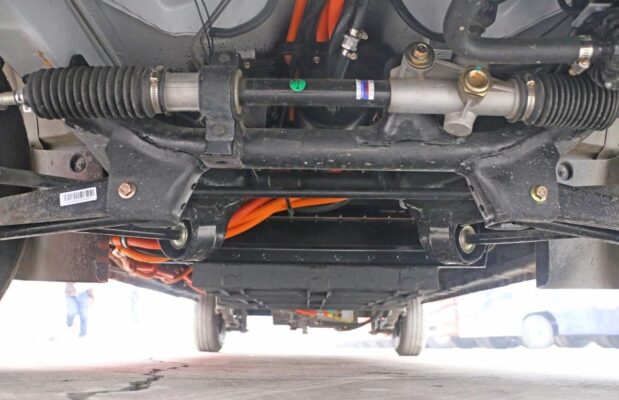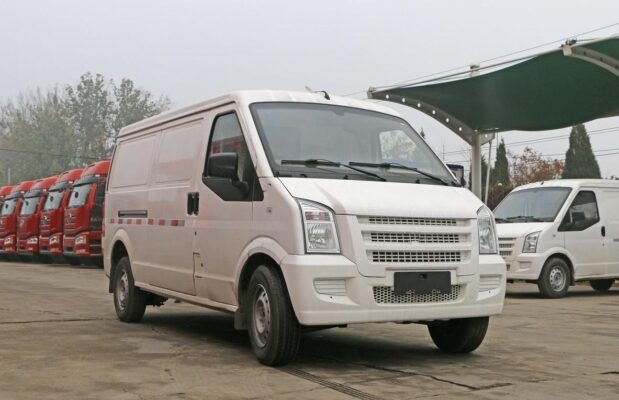Electric Truck Knowledge
Will Turning on the Air Conditioning in New Energy Electric Vehicles Affect the Driving Range?
Posted on by Electric Trucks
In the present era, almost every vehicle, without exception, is furnished with air conditioning systems, and new energy electric vehicles are no exception. Nevertheless, the air conditioning compressor in electric vehicles markedly differs from that of gasoline-powered vehicles. Gasoline vehicles typically drive the compressor directly through the engine belt. In contrast, electric vehicles, much like household air conditioners, predominantly drive the compressor directly through electrical power.

So, does turning on the air conditioning in electric vehicles have an impact on the driving range? The unequivocal answer is yes. This phenomenon is analogous to how turning on the air conditioning in gasoline vehicles leads to an increase in fuel consumption. Generally speaking, if the air conditioning remains constantly switched on in an electric vehicle throughout the summer, it will exert an influence on the driving range by approximately 10%. Originally, a fully charged vehicle might have the capacity to cover a distance of 200 kilometers. However, with the air conditioning in operation, the achievable distance is likely to be reduced to approximately 180 kilometers.

The heating air conditioning mechanism in pure electric vehicles is fundamentally distinct from that found in gasoline vehicles. Gasoline vehicles leverage the engine coolant to supply heat to the vehicle interior. During the engine’s operation, the temperature of the coolant typically reaches beyond 90 degrees. In the case of pure electric vehicles, the heating air conditioning is primarily accomplished through PTC (Positive Temperature Coefficient), and the underlying principle is similar to that of household heaters. This PTC component consumes a more substantial amount of electricity compared to the cold air conditioning system and typically has a greater impact on the driving range, approximately around 15%.
Let’s delve deeper into these aspects. The energy consumption of the air conditioning system in electric vehicles is a significant factor that affects their driving range. When the air conditioning is activated, the vehicle’s battery is tasked with providing the necessary power to drive the compressor and other associated components. This additional power draw places an added burden on the battery, thereby reducing the available energy for propulsion and ultimately shortening the achievable driving distance.

The PTC heating system in pure electric vehicles operates by consuming electrical energy to generate heat. This process demands a considerable amount of power, especially when compared to the energy requirements of cooling the vehicle interior. The increased energy consumption for heating can have a more pronounced effect on the overall range, as it requires a sustained and significant power input.
It is also crucial to note that when the battery level of an electric vehicle drops below 10%, certain power restrictions come into play. At this critical point, electricity supply to the air conditioning system is typically curtailed. Therefore, when the battery level is low, it is prudent to deactivate the air conditioning to conserve energy and ensure the vehicle has sufficient power for essential operations such as continued driving.

In practical scenarios, drivers of electric vehicles need to be acutely aware of these energy dynamics and make strategic decisions regarding the use of the air conditioning based on factors such as the remaining battery level, the anticipated driving distance, and the prevailing weather conditions. By doing so, they can optimize the vehicle’s performance and range to better meet their transportation needs.
In conclusion, the use of air conditioning in new energy electric vehicles undoubtedly has an effect on the driving range. Understanding these effects and managing the air conditioning usage accordingly is an important aspect of efficient and effective electric vehicle operation.